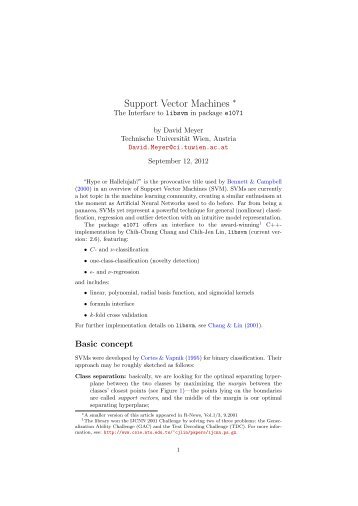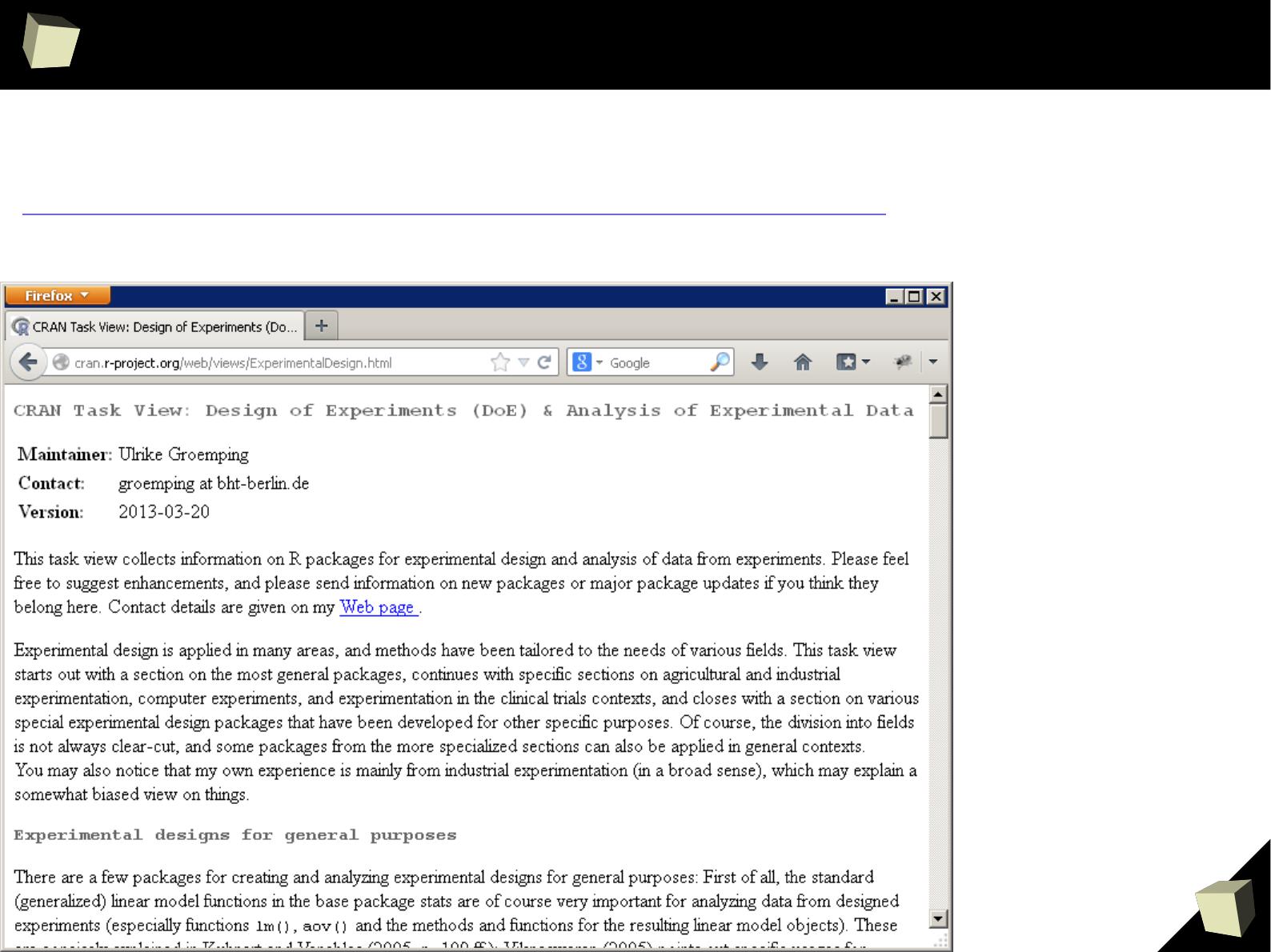
Global Soil Information Facilities - tools (standards and functions) and sample datasets for global soil mapping. R-release (arm64): ggdendro_0.1.22.tgz, r-release (x86_64): ggdendro_0.1.22.tgz, r-oldrel: ggdendro_0.1.22. GSIF: Global Soil Information Facilities. Rpart (≥ 4.0-0), tree, testthat, knitr, cluster, scales, spelling, rmarkdownīrian D.

Provides implementations for 'tree', 'rpart', as well as diana and agnes An implementation of most of the functionality of the 1984 book by Breiman, Friedman, Olshen and Stone. Recursive partitioning for classification, regression and survival trees. The entropy in the root node is : -ln (1/2)1/22 + -ln (1/2)1/22 -ln (1/2)2 1.38. What is the function of rpart in Cran rpart: Recursive Partitioning and Regression Trees. exe to the fingerprint on the master server. Thus, it seems that the improve score is the improvement in the entropy scaled by the number of elements in the node. If you want to double-check that the package you have downloaded matches the package distributed by CRAN, you can compare the md5sum of the. The 'ggdendro' package resolves this by making availableįunctions that extract the dendrogram plot data. Well, to answer this one, it's because RPART is using the natural log. Unfortunately the plot method for dendrograms plotsĭirectly to a plot device without exposing the data.

The documentation of predict.rpart states, that the types class and prob are only meant for classification trees. The primary functions include tableby(), a Table-1-like summary of multiple variable types 'by' the levels of one or more categorical variables paired(), a. Your variable Class is logical so the rpart-function should have generated a regression tree, not a classification tree. The 'ggplot2' philosophy is toĬlearly separate data from the presentation. An Arsenal of 'R' functions for large-scale statistical summaries, which are streamlined to work within the latest reporting tools in 'R' and 'RStudio' and which use formulas and versatile summary statistics for summary tables and models. This is a set of tools for dendrograms and A one-function package containing prediction(), a type-safe alternative to predict() that always returns a data frame. R-prerelease: GSIF_0.5-5.1.tgz, r-release: GSIF_0.5-5.1.tgz, r-oldrel: GSIF_0.5-5.1.Ggdendro: Create Dendrograms and Tree Diagrams Using 'ggplot2' Rjson, RCurl, soiltexture, spatstat, stringr, XML, boot, splines, mda, psych, nortest, rpart, quantregForest, randomForest, nlme, reshape, fossil, AICcmodavg, maptools, nnet, SDMTools, spacetime, gdalUtils, tools, maxlike, Hmisc, caret, xgboost, ranger, snowfall

Methods, sp (≥ 1.0-8), RSAGA, dismo, rgdal, raster, aqp, plotKML, gstat, stats, plyr, grDevices, graphics, scales

CRAN - Package GSIF GSIF: Global Soil Information Facilities


 0 kommentar(er)
0 kommentar(er)
